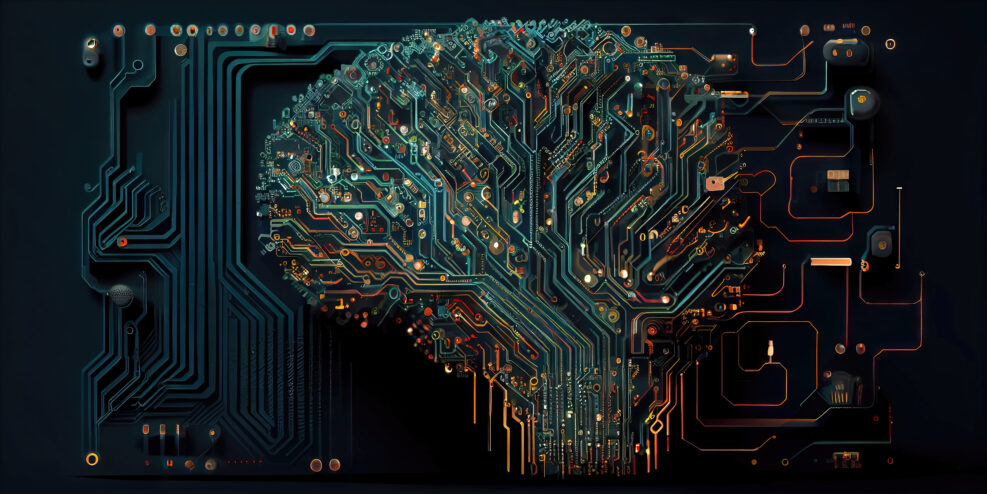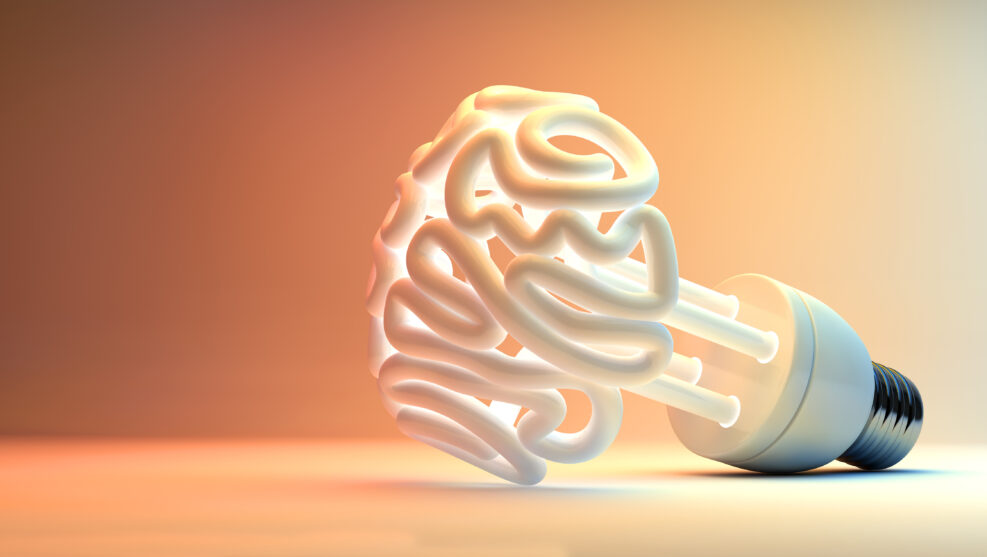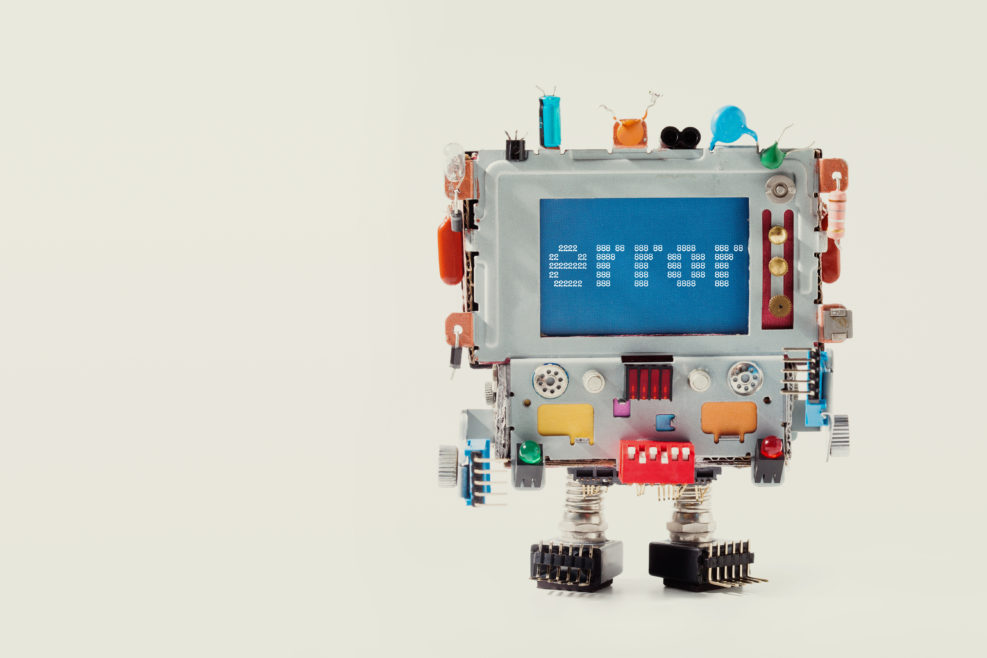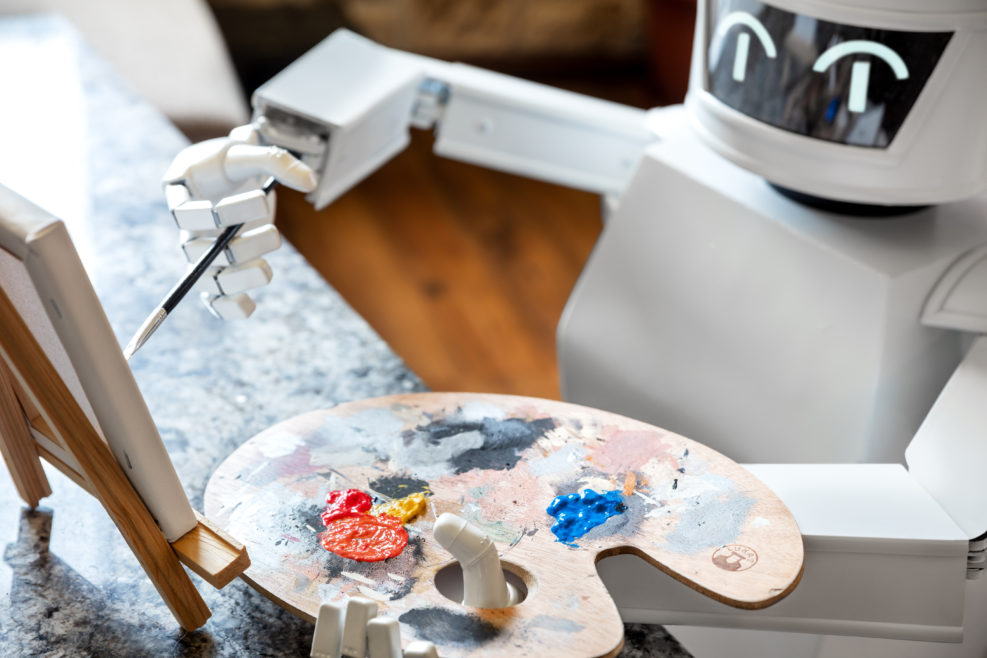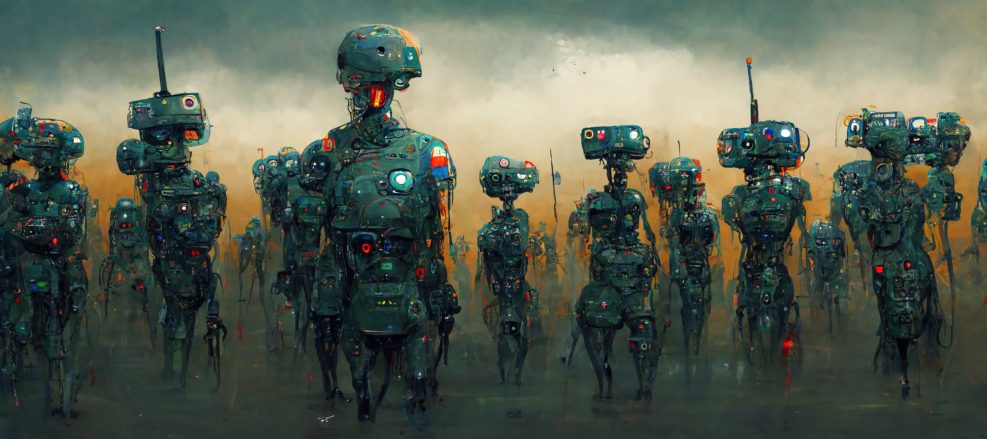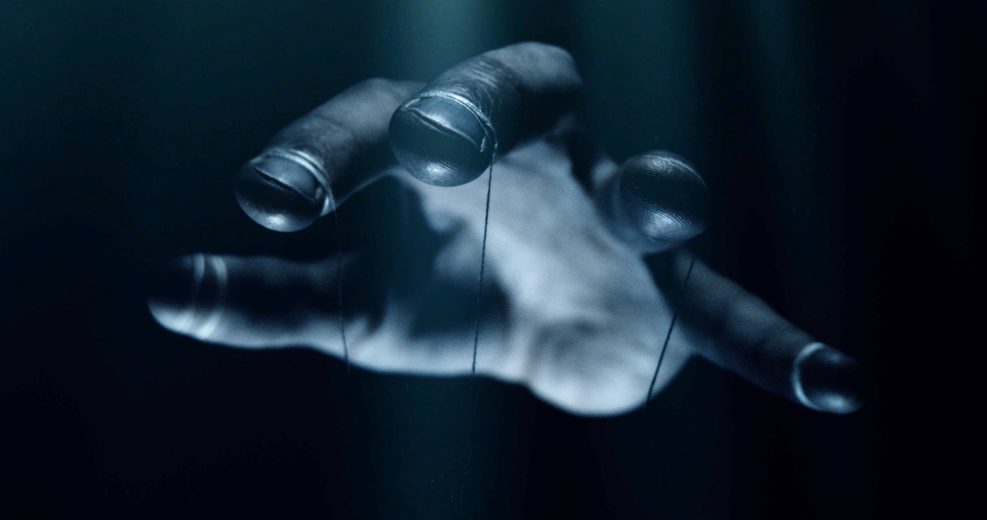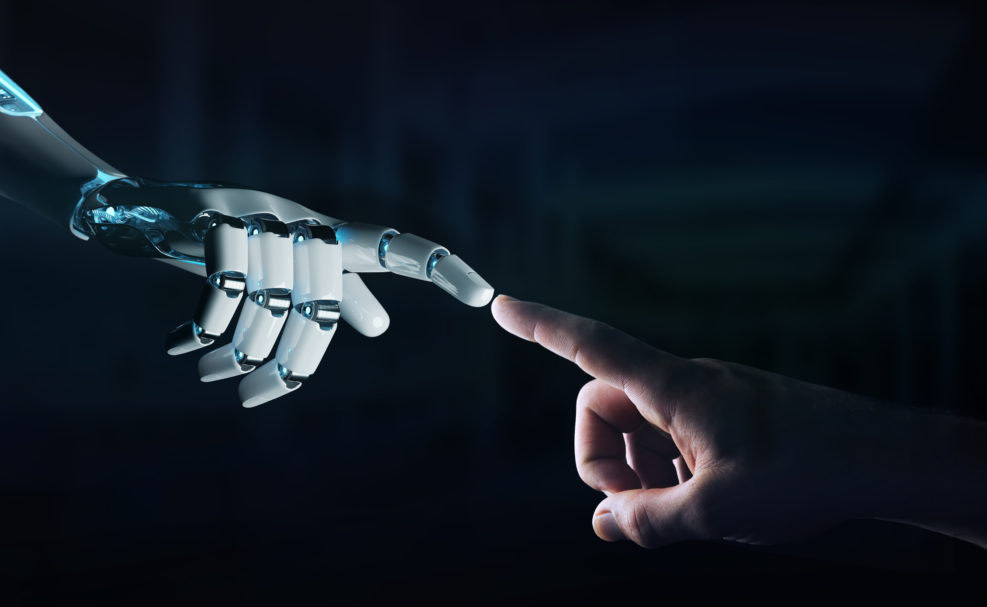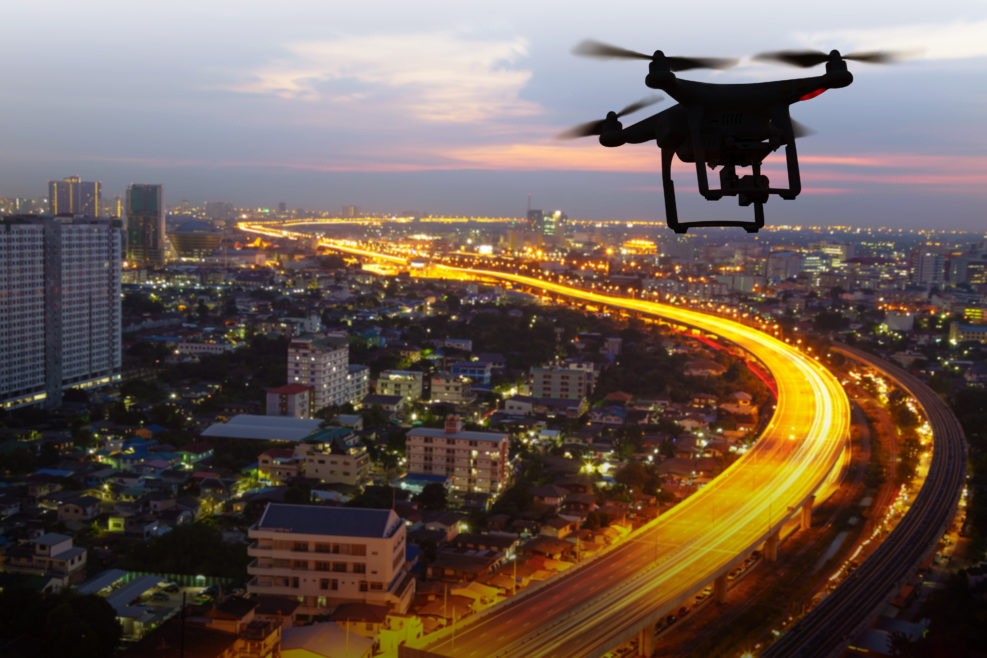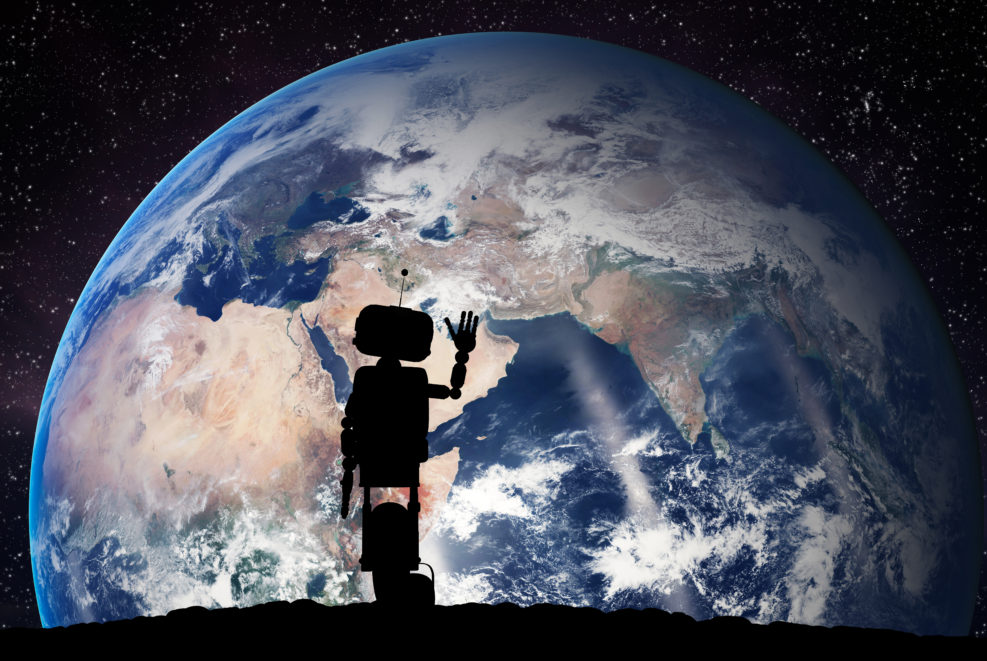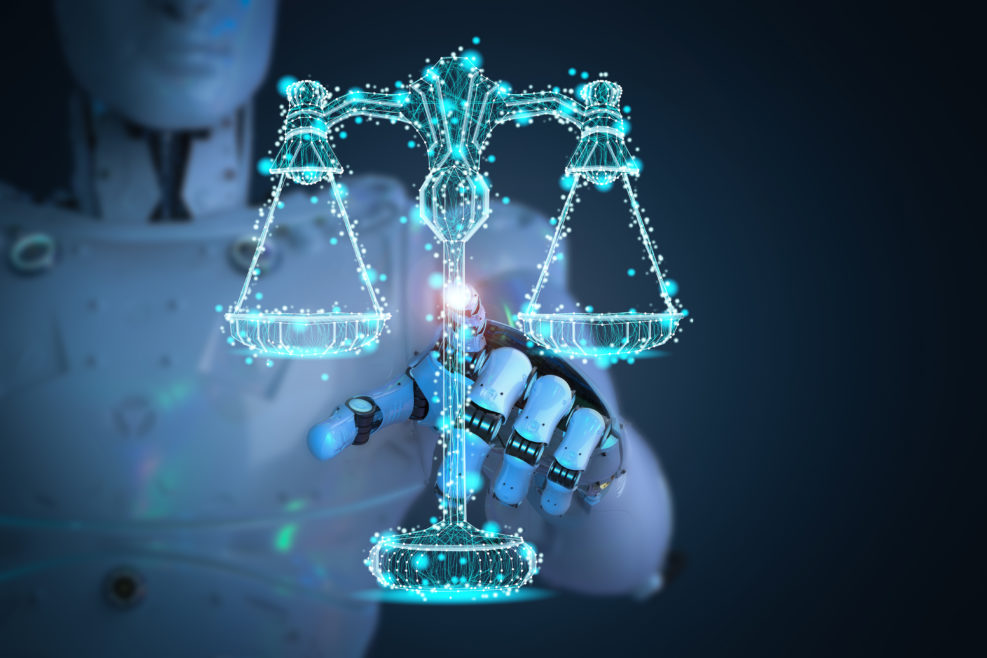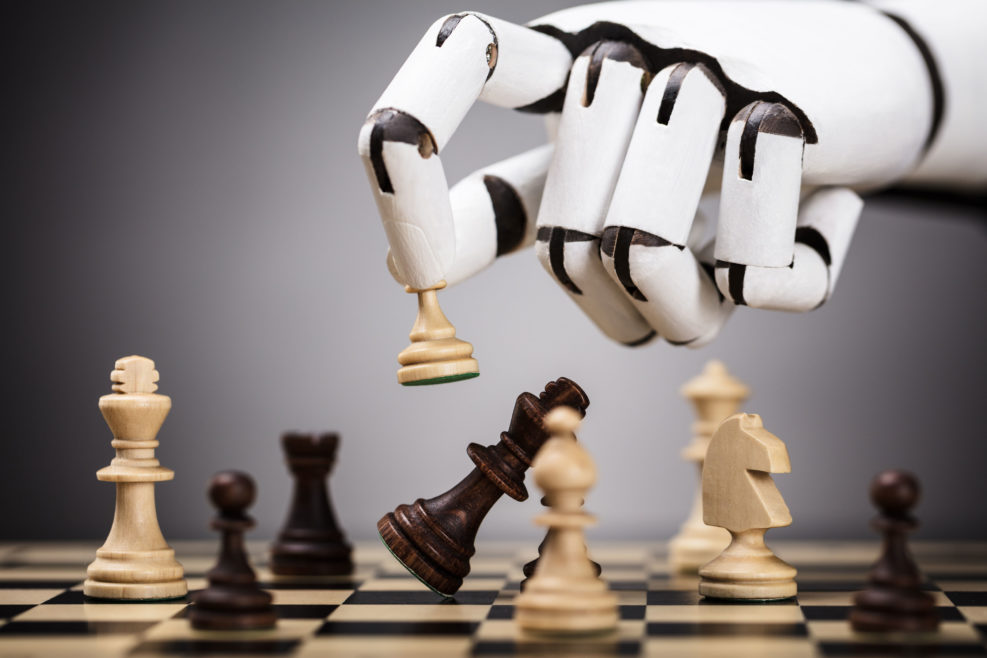
The Composite
Seductive Optics and Skeuomorphic Intelligence, Part IV.This is the last in a series. Read Part I, Part II – “Moving PIxels“, and Part III -“Talking Boxes“. The greatest aspiration of artificial intelligence Frankensteins is stitching together all the sundry parts into a moving, talking, seeing, and interacting android. Today, this composite of technologies is most famously embodied in Sophia. This android from Hanson Robotics is an international “celebrity”, appearing on late night shows and on the exhibit floors of tech conferences. With how many things are we on the brink of becoming acquainted, if cowardice or carelessness did not restrain our inquiries. Mary Shelley, Frankenstein On its marketing page, Sophia’s marketing department puts the following words in its mouth, as though it has a sense of self Read More ›
